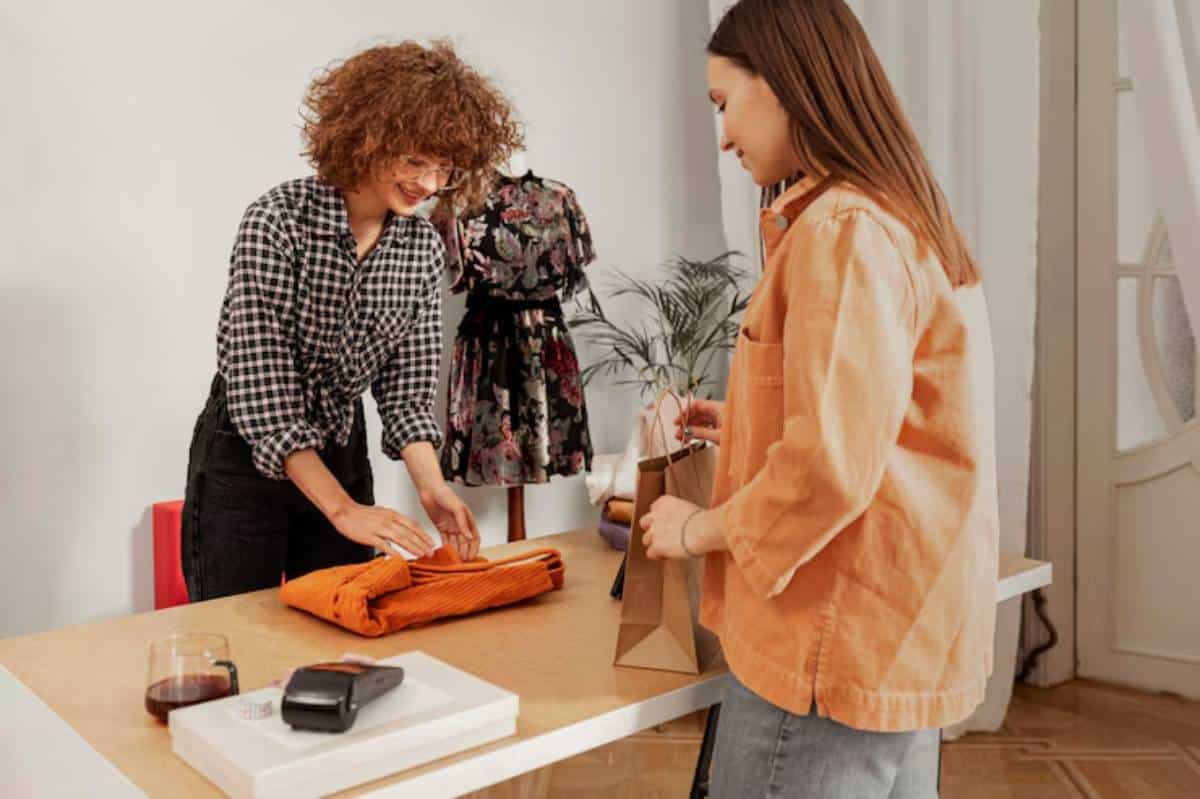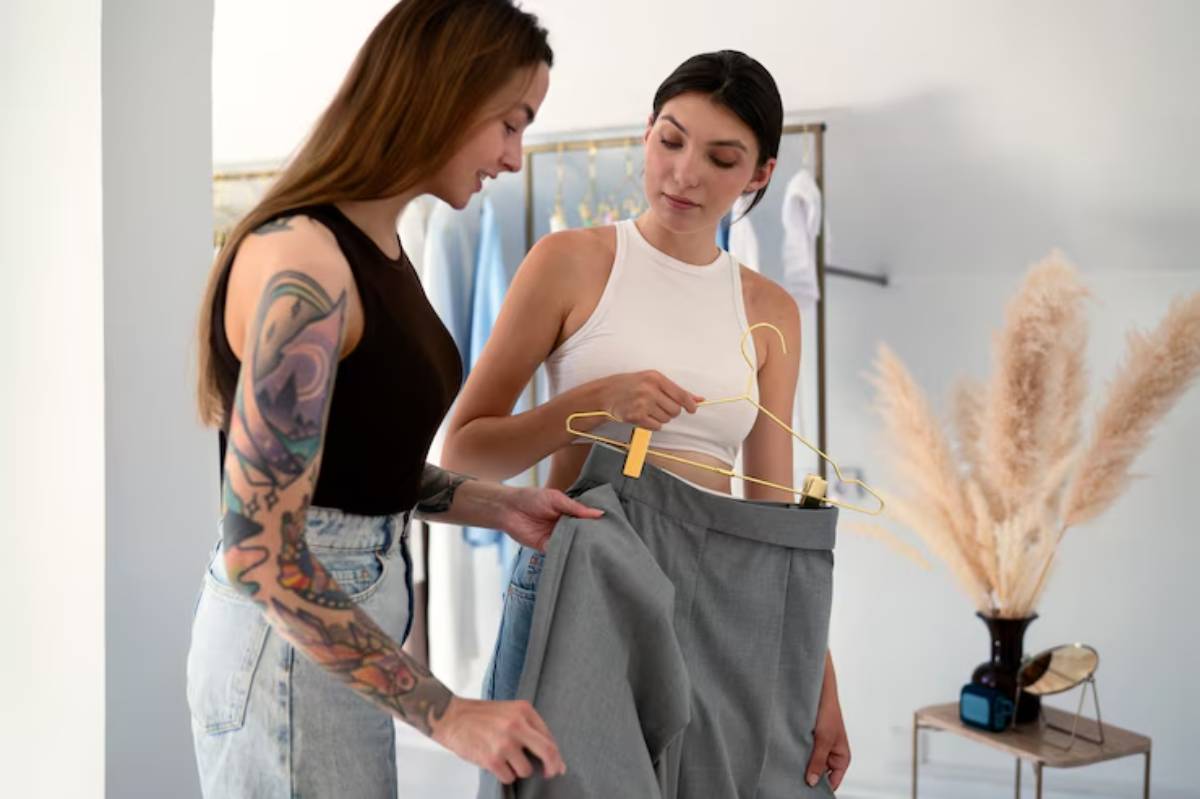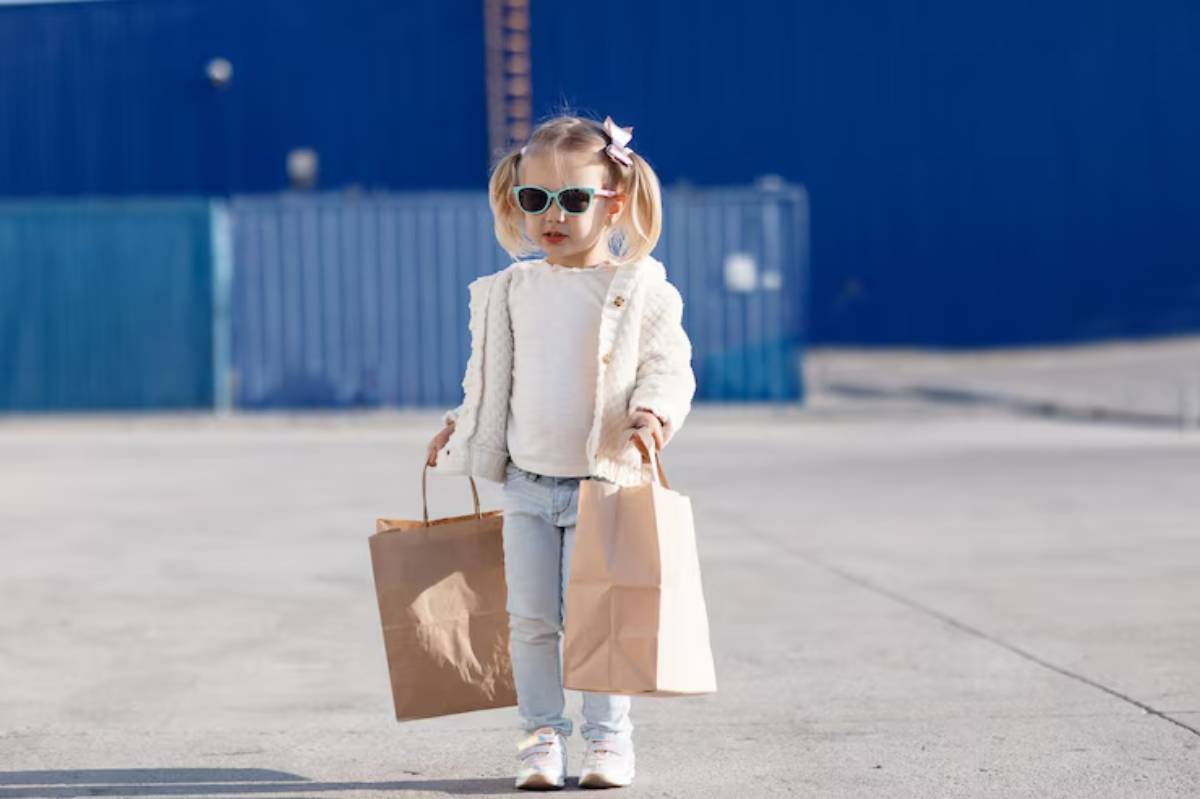
Affordable Sustainable Fashion Brands for Kids
Shopping for children’s clothes can feel like an endless cycle—one minute their trousers fit, the next they’re halfway up their shins. Kids grow fast, and their wardrobes often need constant refreshing. But what if your shopping choices could do more than just clothe your little ones?
Enter the world of kids’ eco fashion—where style meets sustainability, without draining your wallet. As parents, carers, and conscious consumers, we all want the best for our children and the planet they’ll inherit. Yet, the perception that affordable green clothing doesn’t exist can hold many back from making eco-friendly choices.
This guide breaks down the barriers by highlighting sustainable brands for children that balance ethics, durability, and budget. Whether you’re a parent looking to shop smarter or just starting your sustainability journey, you’ll find practical insights, trusted brands, and clever tips to make green fashion part of everyday life.
Why Choose Sustainable Fashion for Kids?
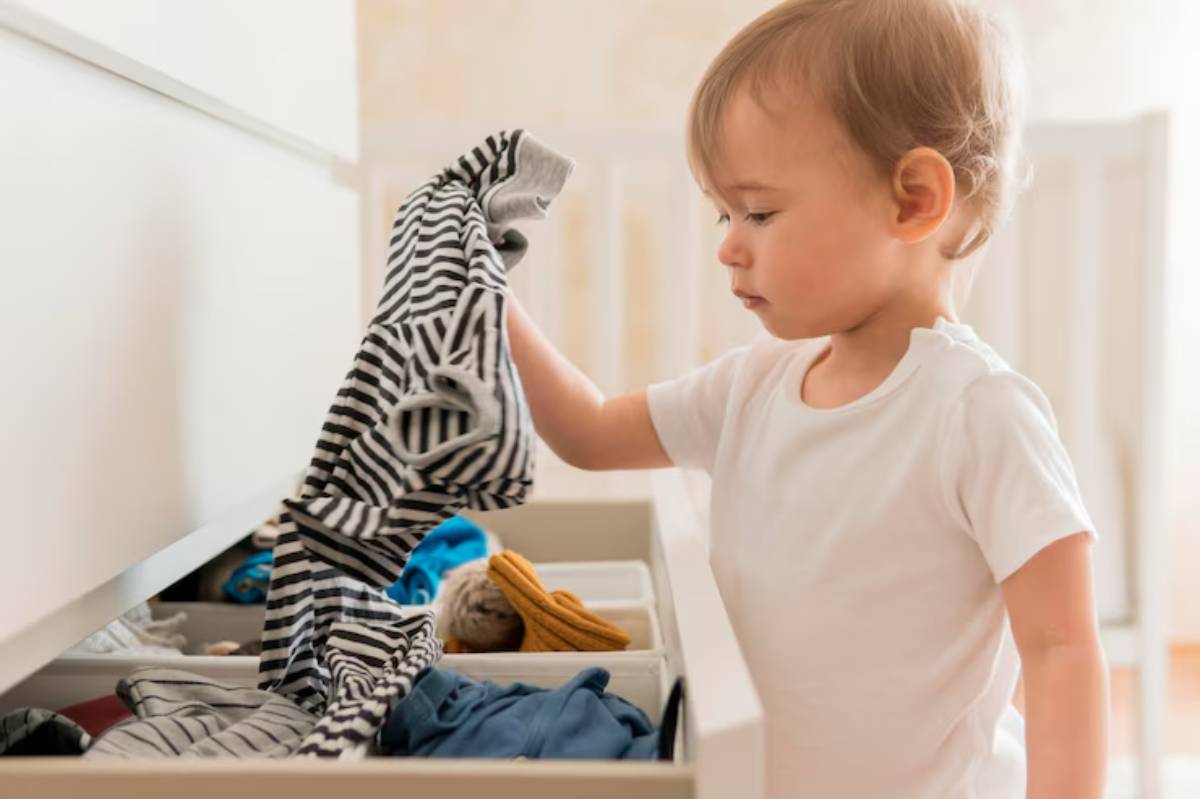
Environmental Impact Starts Small
Children’s clothing contributes significantly to fashion waste. With sizes constantly changing, it’s no surprise that more than 350,000 tonnes of textiles, many of them children’s garments, end up in UK landfills each year.
By choosing sustainable brands for children, you’re reducing reliance on fast fashion, lowering your family’s carbon footprint, and teaching your kids to value conscious consumption from an early age.
Healthier for Young Skin
Conventional clothing is often treated with harsh chemicals, formaldehyde, azo dyes, and flame retardants, to name a few. Sustainable clothing brands tend to use organic cotton, low-impact dyes, and non-toxic finishes, which are gentler on sensitive young skin.
Built to Last
Eco-friendly doesn’t mean flimsy. In fact, most ethical kidswear brands prioritise durability. This means better-quality fabrics, stronger seams, and designs that endure repeated washing, messy play, and inevitable growth spurts.
Key Features to Look for in Kids’ Eco Fashion
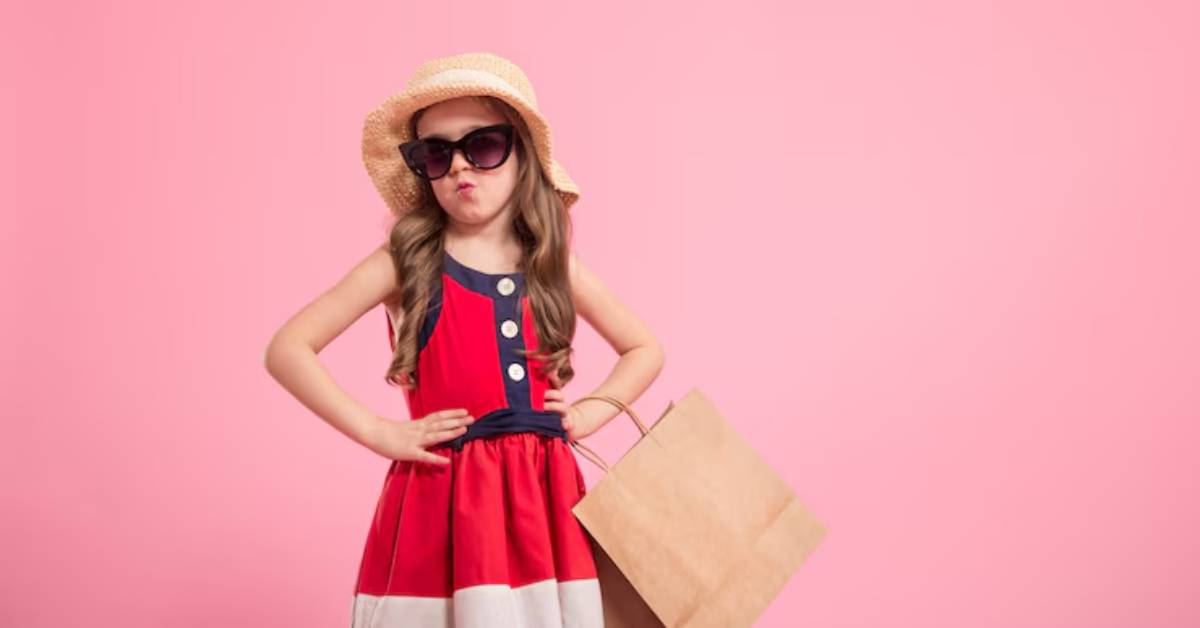
1. Certified Organic or Recycled Fabrics
- GOTS-certified organic cotton
- Recycled polyester from post-consumer waste
- Bamboo and hemp, when ethically sourced
These fabrics reduce pesticide use, save water, and lower emissions.
2. Ethical Production Standards
Brands should be transparent about where their clothing is made and how workers are treated.
Look for labels like:
- Fair Trade Certified
- B Corp Certified
- SA8000 compliance
3. Size Flexibility and Adjustable Fits
Some brands offer adjustable waistbands, foldable cuffs, or multi-age sizing to extend a garment’s life. These design features add serious value for growing kids.
Top Affordable Sustainable Brands for Children
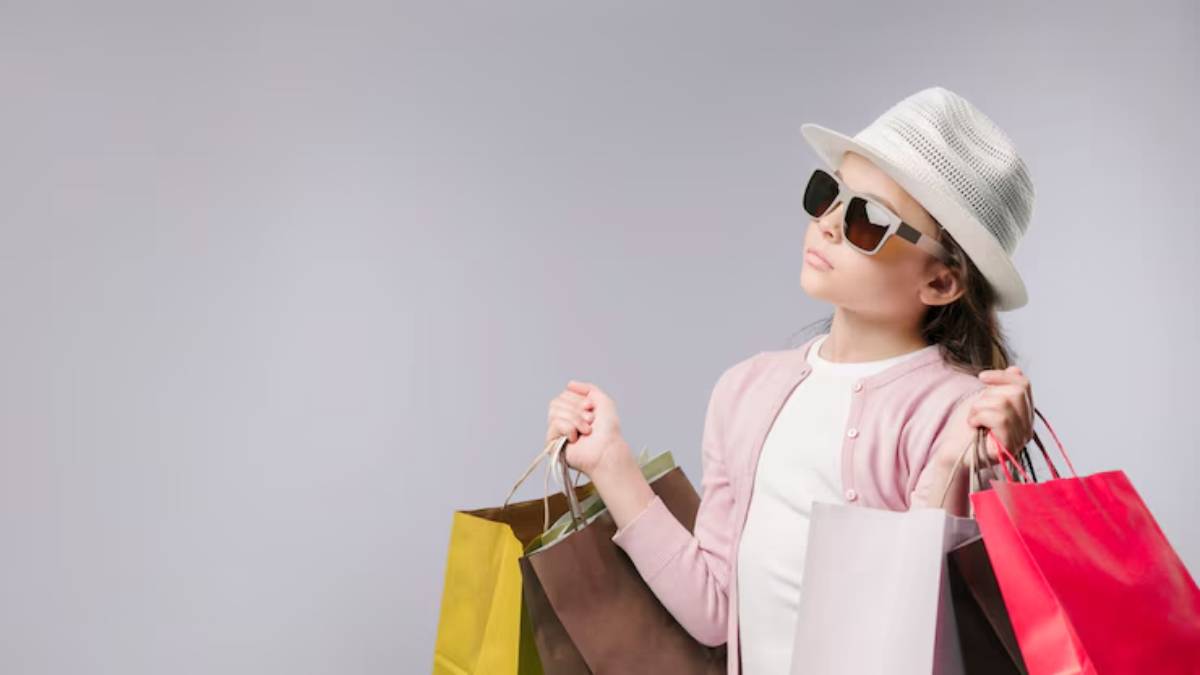
Let’s explore some standout brands making waves in kids’ eco-fashion. These brands offer quality without the guilt or eye-watering prices.
1. Frugi (UK)
Frugi is a beloved British brand known for its fun prints and certified organic cotton.
They prioritise:
- GOTS certification
- Recyclable and reusable packaging
- Social accountability across their supply chain
Frugi’s clothes are slightly more expensive upfront but are durable enough to be passed on to siblings or resold secondhand.
Price range: £10–£35
Best for: Playwear, organic baby clothes, and colourful school essentials
2. Little Green Radicals (UK)
This London-based label is committed to Fair Trade and 100% organic materials. Their clothing is made to last and includes gender-neutral designs that can easily be shared across families.
They also run a “Wear it Fair” secondhand buyback scheme—a great way to shop sustainably while staying on budget.
Price range: £8–£30
Best for: Ethically made basics and durable outdoorwear
3. Pact (US with UK Shipping)
Pact offers organic cotton clothes for all ages, including a comprehensive children’s range. Their affordable prices, minimalist styles, and regular discounts make them an easy entry point into sustainable shopping.
Price range: £7–£25
Best for: Pyjamas, school basics, and budget-friendly bundles
4. MORI (UK)
MORI blends bamboo and organic cotton to create ultra-soft clothes perfect for babies and toddlers. Their Sleep & Play suits are especially popular among new parents. While slightly premium, they offer sales and bundles to keep costs manageable.
Price range: £10–£40
Best for: Babywear, gifts, and essentials for sensitive skin
5. Hanna Andersson (US with international delivery)
Although based in the US, Hanna Andersson’s robust shipping options and frequent sales make it a great pick for UK families. They use OEKO-TEX-certified fabrics and emphasise hand-me-down quality.
Price range: £15–£45
Best for: Colourful prints, matching family pyjamas, and organic basics
Budget-Friendly Tips for Dressing Kids Sustainably
Even the most eco-minded parent knows how quickly costs can add up. Here’s how to keep things sustainable without blowing the budget.
Shop Secondhand First
Before buying new, browse platforms like:
- eBay
- Facebook Marketplace
- Thrift+
- Kidclo
Buying secondhand is one of the easiest ways to participate in circular fashion and find great deals on quality kidswear.
Use Clothing Swaps
Organise a local clothing swap party or join community exchanges. You’ll keep clothes in use longer and often discover items in near-new condition.
For a guide on hosting your own, check out how to host a community clothing swap.
Buy Bigger, Smarter
Look for adjustable fits or size up when possible. Brands like Frugi design with longevity in mind—fold-over cuffs and generous fits help maximise wear.
Explore Outlet Sections
Many ethical brands offer outlet or clearance ranges—perfect for grabbing quality gear at reduced prices.
Teaching Children the Value of Green Fashion
Sustainable habits stick best when learned young. By involving children in the process, you encourage mindful shopping and appreciation for their clothes.
Simple Ways to Involve Kids
- Let them help choose sustainable outfits online or in store
- Explain why organic and fair trade matter
- Encourage them to care for clothes—folding, washing, and donating
- Celebrate “new-to-you” hand-me-downs as special, not second-best
You can also reinforce these values through stories, crafts, and games, and even by teaching kids to value sustainable fashion through fun, age-appropriate conversations.
Balancing Sustainability with Style
Many people associate affordable green clothing with dull basics, but modern kidswear proves otherwise. Today’s eco-brands use bright dyes, bold prints, and playful designs that kids actually want to wear.
From dinosaurs in tutus to rocket ship pyjamas, there’s no need to sacrifice fun for ethics. And by supporting brands that prioritise both, you’re modelling conscious consumption and individuality.
The Long-Term Payoff
Investing in ethical kidswear can feel daunting upfront, but it pays off.
- Clothes last longer, reducing waste
- You’re supporting ethical labour practices
- You’re teaching your children values that extend far beyond the wardrobe
And when paired with secondhand shopping, swaps, and resale, the cost gap between conventional and eco-friendly kidswear begins to close.
You’re not just buying clothes. You’re investing in a better future.
Conclusion: Affordable Sustainable Fashion Brands for Kids
Raising kids is unpredictable, joyful, messy, and let’s be honest—sometimes expensive. But making sustainable choices doesn’t have to be one of the hard parts. With a growing number of affordable green clothing options, it’s now easier than ever to dress your children stylishly, ethically, and within budget.
Whether you start with a few organic basics, explore secondhand gems, or support small eco-brands, every conscious decision adds up. And when you choose sustainable brands for children, you’re not just buying what’s on the hanger—you’re buying into values that your children will carry for life.
So next time you reach for that quick fix at the supermarket clothing aisle, pause. A better option is closer than you think—and it doesn’t have to cost the Earth.
